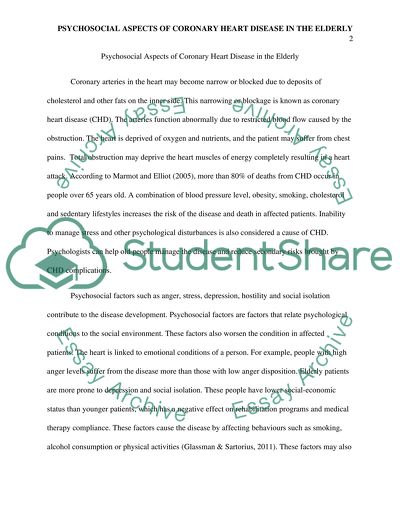Cite this document
(“Psychosocial Aspects of Coronary Heart Disease in the Elderly Essay”, n.d.)
Retrieved from https://studentshare.org/psychology/1451901-consultancy-report
Retrieved from https://studentshare.org/psychology/1451901-consultancy-report
(Psychosocial Aspects of Coronary Heart Disease in the Elderly Essay)
https://studentshare.org/psychology/1451901-consultancy-report.
https://studentshare.org/psychology/1451901-consultancy-report.
“Psychosocial Aspects of Coronary Heart Disease in the Elderly Essay”, n.d. https://studentshare.org/psychology/1451901-consultancy-report.


